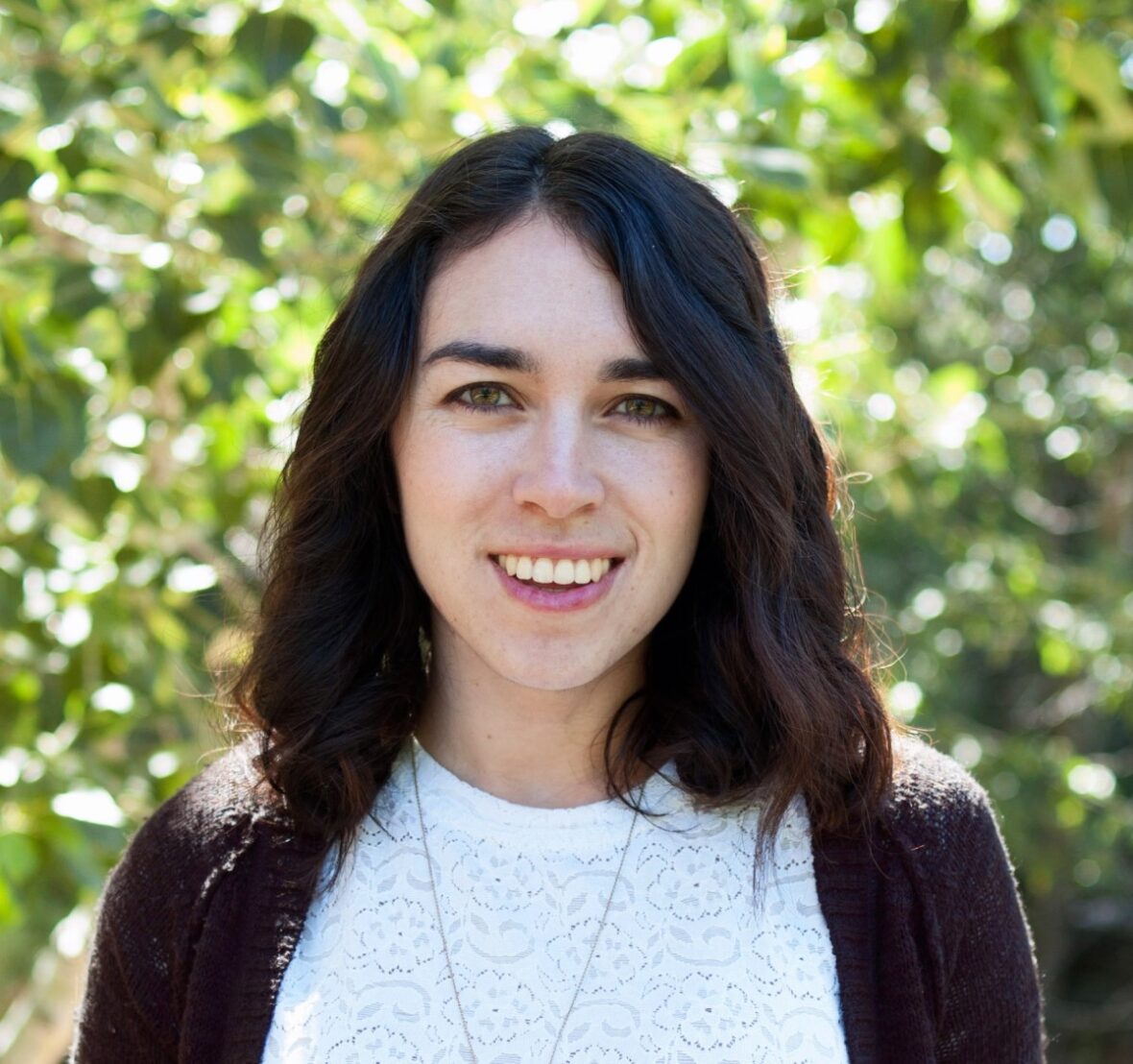Like district schools, public charters are free and open to all of Idaho’s students regardless of ethnicity, religion, gender, or disability. Yet, because of facility constraints, charters cannot enroll every interested student and must conduct a lottery to ensure all applicants have a fair chance at enrollment. This process left 11,000 student names on charter waitlists for the 2014-15 school year. High demand for charters shows that these innovative schools are succeeding for Idaho students and families.
If you delve into the state’s education data, like Levi B. Cavener did in his recent Voices piece, it is easy to cherry pick examples that do not fully represent the variability that takes place from one Idaho school to the next. Charters have the freedom to choose unique educational methods and approaches that are not found in a traditional district school. This means that charters, inherently, would not attract the same student population as a local neighborhood school.
For example, Chief Tahgee, located on the Fort Hall Indian Reservation, highlights the extreme variability that one can find in a public charter school in Idaho. The dual language immersion, kindergarten-sixth grade school serves 100 percent Native American students. Its mission is to preserve, and pass on, the native Shoshone-Bannock languages and culture. In addition to offering a program unlike any other offered in Idaho, Chief Tahgee serves a student population with 15.9 percent special education students, five percent higher than the surrounding Blackfoot School District.
This variability in student population makes it easy to find charter schools across the state that are over-serving special education students when compared to their local school district. Rolling Hills Charter serves 12 percent special education students compared to West Ada School District’s 9.7 percent. Monticello Montessori serves 14.3 percent compared to Bonneville School District’s 9.1 percent special education students. However, these exceptional charter schools cannot be assumed to reflect Idaho’s charters entirely. They are on the outer edges of the averages.
Small charter schools, with only one location, cannot be accurately compared to larger, and far flung, school districts. Liberty and Victory charter schools in Nampa both offer a rigorous Harbor Method educational focus and both received five-star ratings in 2012-13 (the most recent available). Their roughly 14 percent minority student population pales compared to the Nampa School District average, but their demographics aren’t far off from Nampa’s Reagan Elementary School. Yet, compared to Reagan, both charter schools are delivering better academic results for their students, which surely helps explain why their parents have enrolled them in a public charter school in the first place.
Charter schools operate on especially lean rations as they do not get access to any local levy dollars. These tight budgets are even harder to operate under when you are a small school like the 85 student Upper Carmen Charter School near Salmon. Schools like Upper Carmen might appear to be entirely homogeneous, but this stems from a conscious decision by school leaders to not label or separate students based on their learning levels or family’s financial status. The staff at Upper Carmen has chosen to spend their time meeting each child where they are academically with a customized learning course rather than fill out burdensome paperwork to classify and segregate students by disability. This is a familiar struggle in many small charter and rural district schools where time, staffing, and funding is severely limited, but it has paid off academically for Upper Carmen’s students. Watch this video to learn more about challenges facing this small rural charter school and how they are being met.
There is no doubt more can and should be done to help minority families learn more about their school options. One excellent example of how to do this is the Heritage Community Charter School, located in Caldwell, which is actively working to inform local families about the educational opportunities available in their community. Javier Castaneda, principal at HCCS, spends time visiting neighborhoods to share information about his school and its dual language program. Thanks to Castaneda’s leadership, Heritage Community is now a four-star charter school and it educates a student body that is 44.5 percent Hispanic.
Charter schools work for minority students in Idaho, but there is more they can do. Last year my colleagues and I worked with the J.A. and Kathryn Family Foundation to commission a report analyzing Idaho’s growing student population over the next five years. The report, Shifting Sands, showed that Idaho’s students are increasingly coming from homes that are “less white, less rural and less wealthy.” As we reported, “Charter schools in Idaho are serving a more diverse student population now than it did 5-10 years ago. But the charter sector needs to do more… These are the fastest growing K-12 student demographics, and charters should be part of the mix in meeting their needs.”
Charter schools offer high quality educational choices to Idaho’s families, but they can always do better. We look forward to continuing to help charters grow and serve more of Idaho’s families and children.
Amy Russell is the communications coordinator for the Idaho Charter School Network. Data referenced in this piece comes from IdahoEdTrends.org and the State Department of Education, as shared by Levi B. Cavener in his Voices column.

